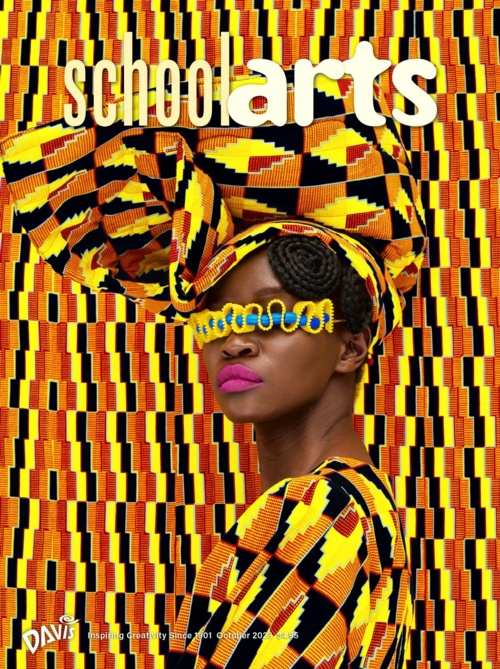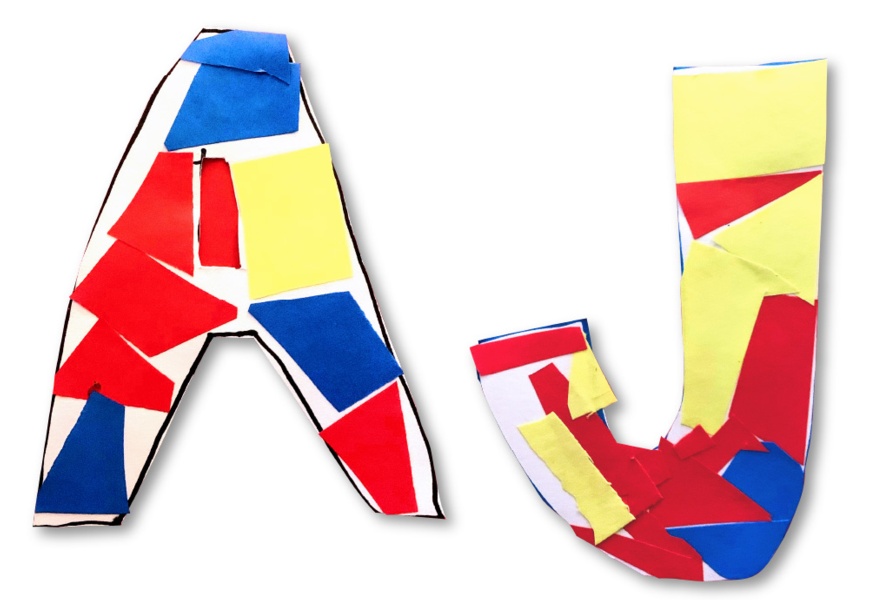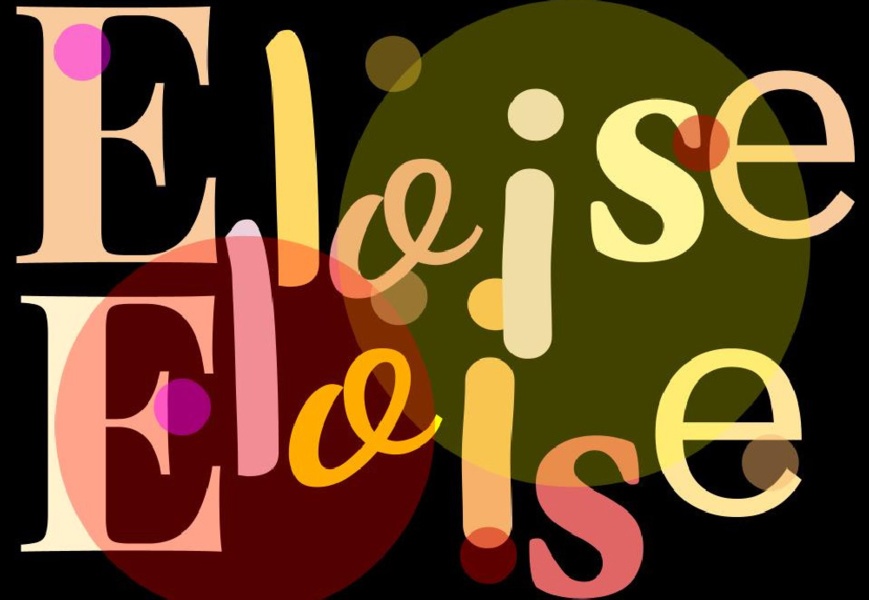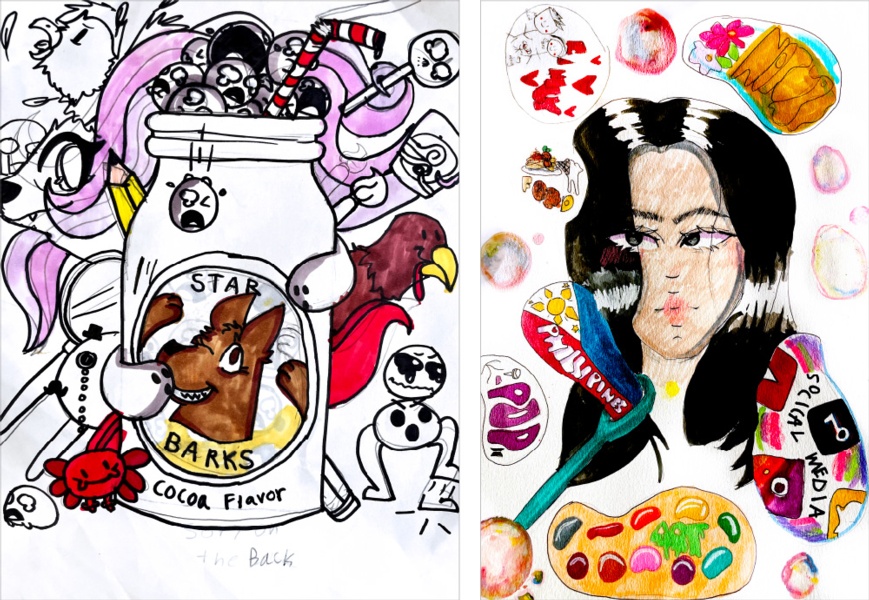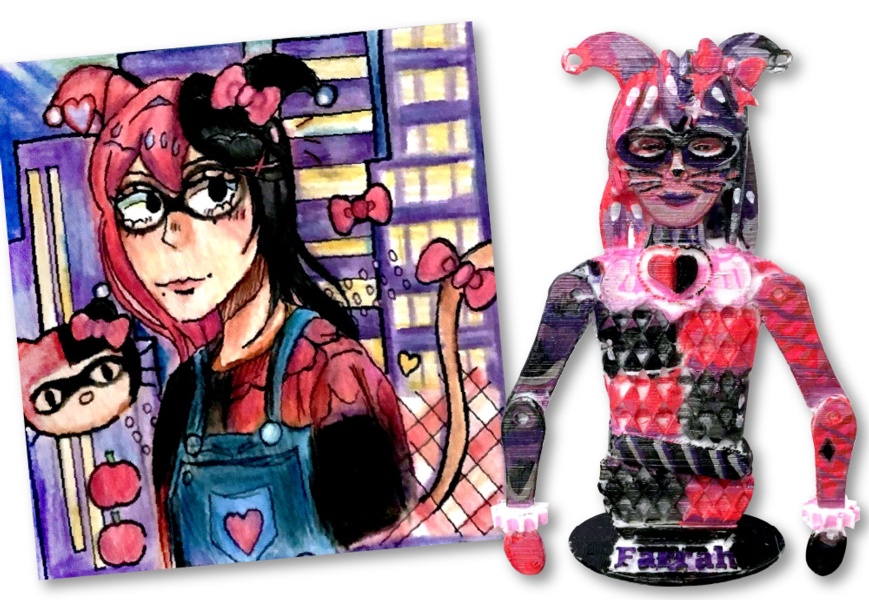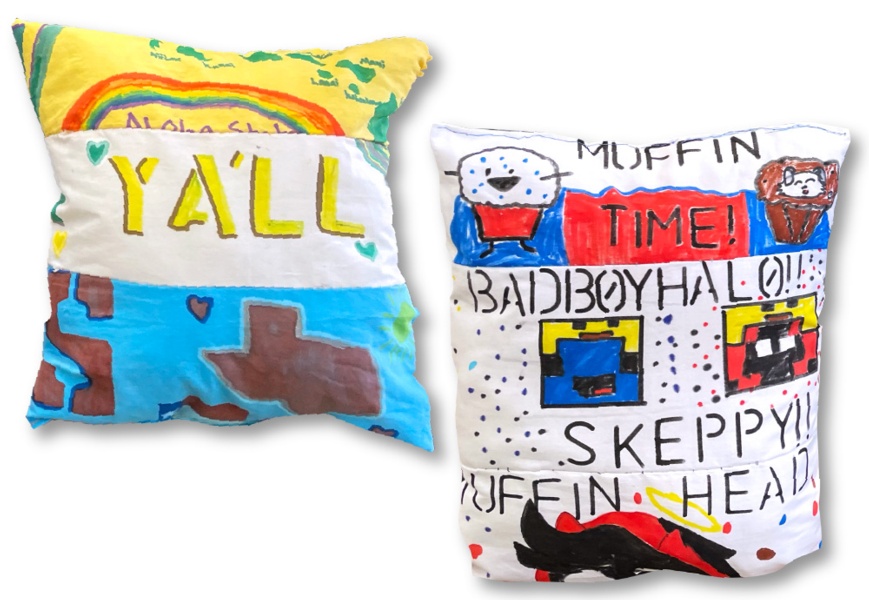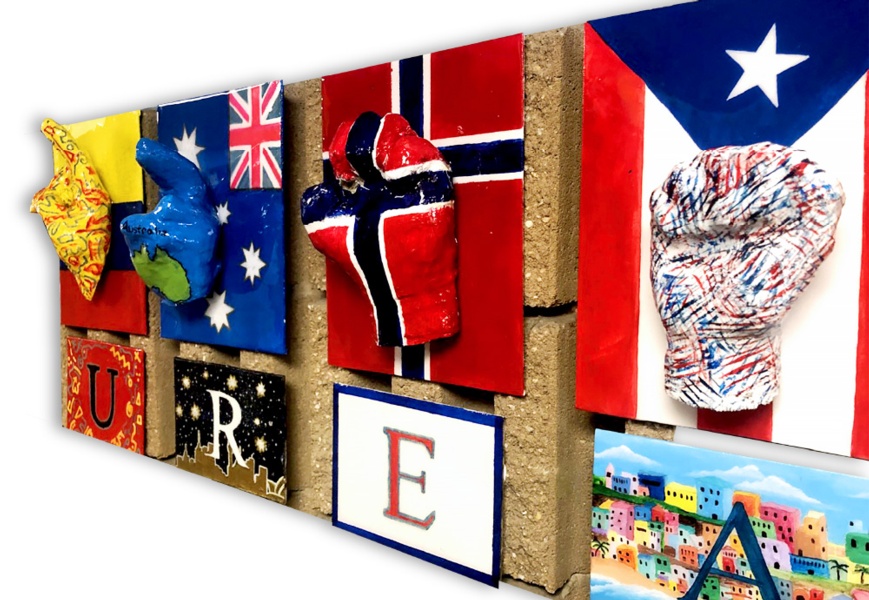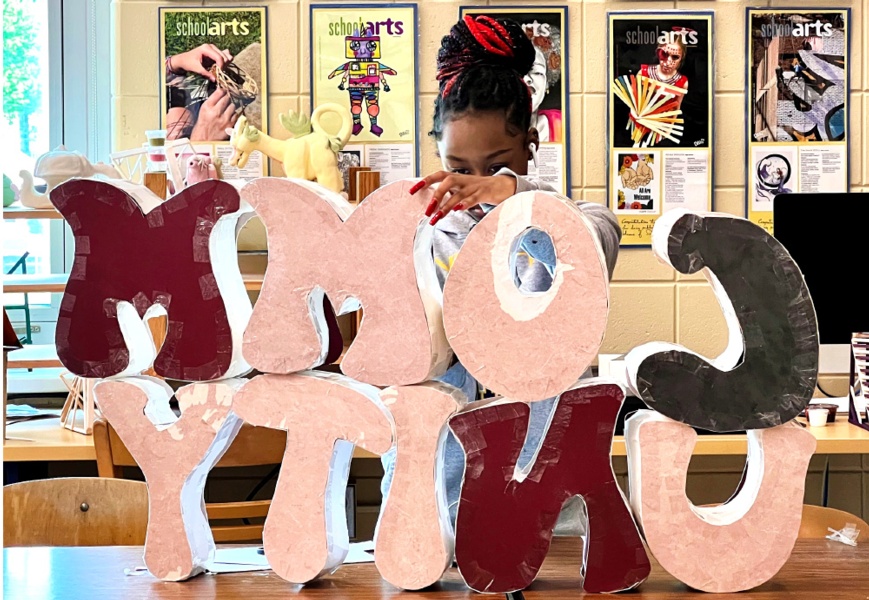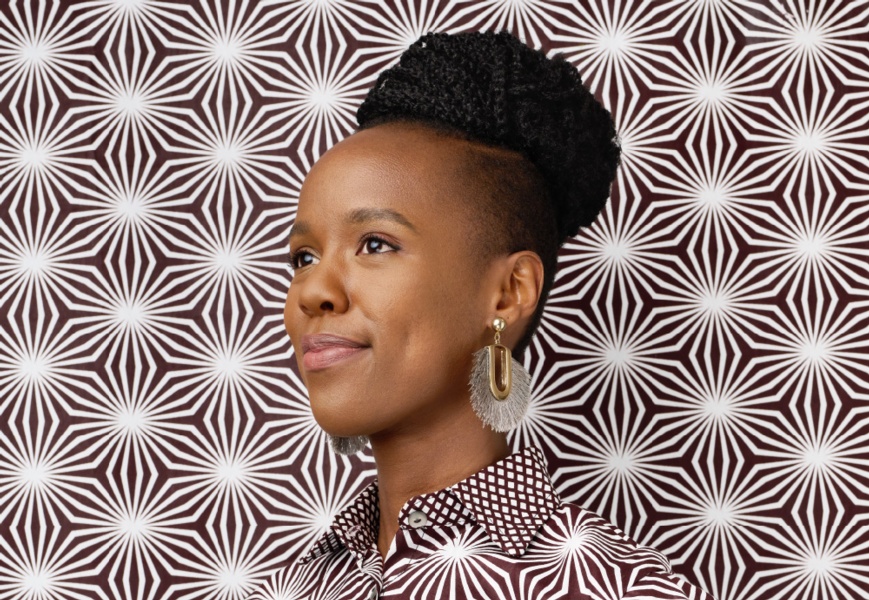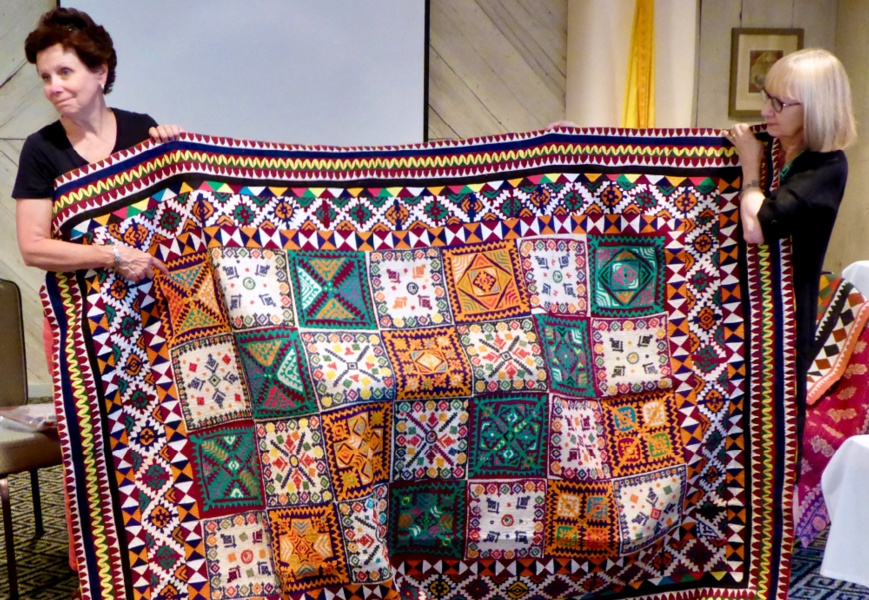
Editor’s Letter: Language
The theme of this month’s issue was suggested by an interesting group of coincidental article submissions that addressed the topic of language in multiple ways. In this issue, you will find articles that incorporate visual language, written language, spoken language, computer language, and sign language. What languages will you explore with your students?
Read Article
